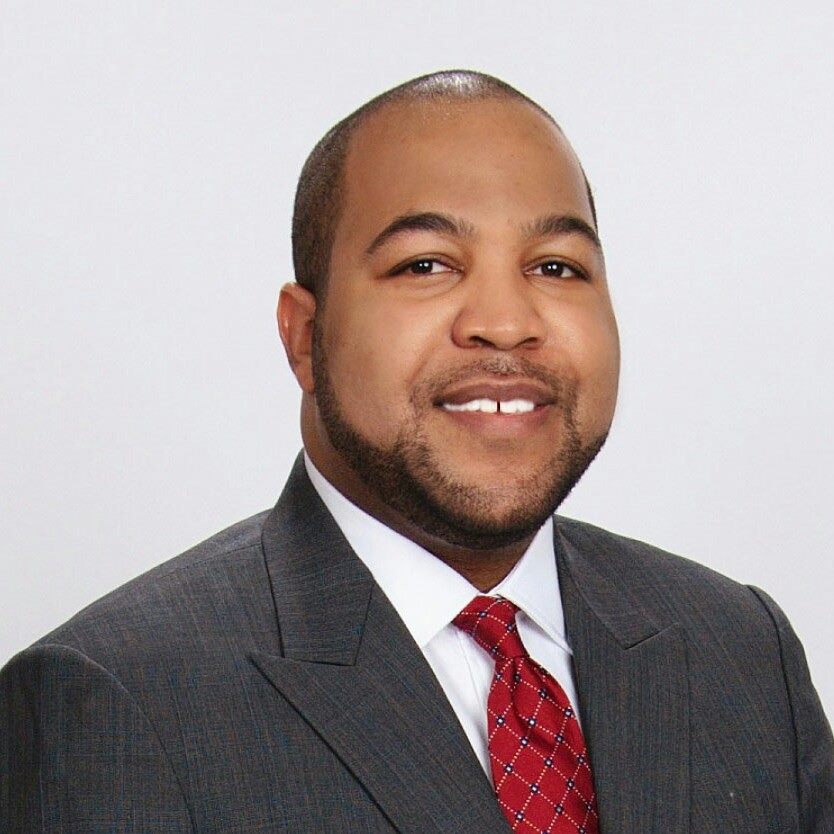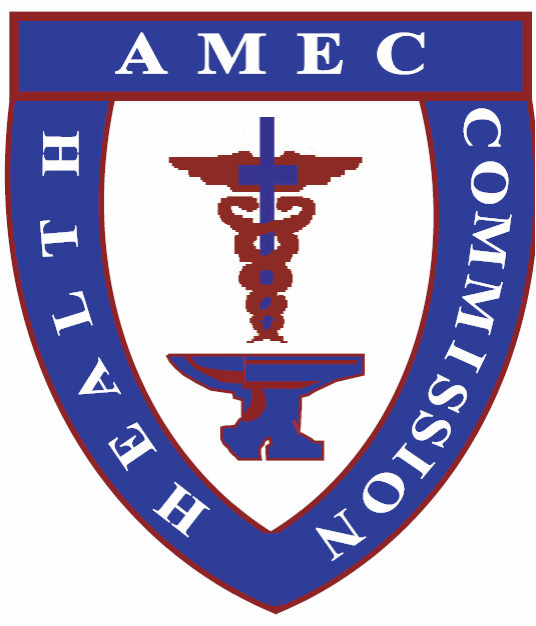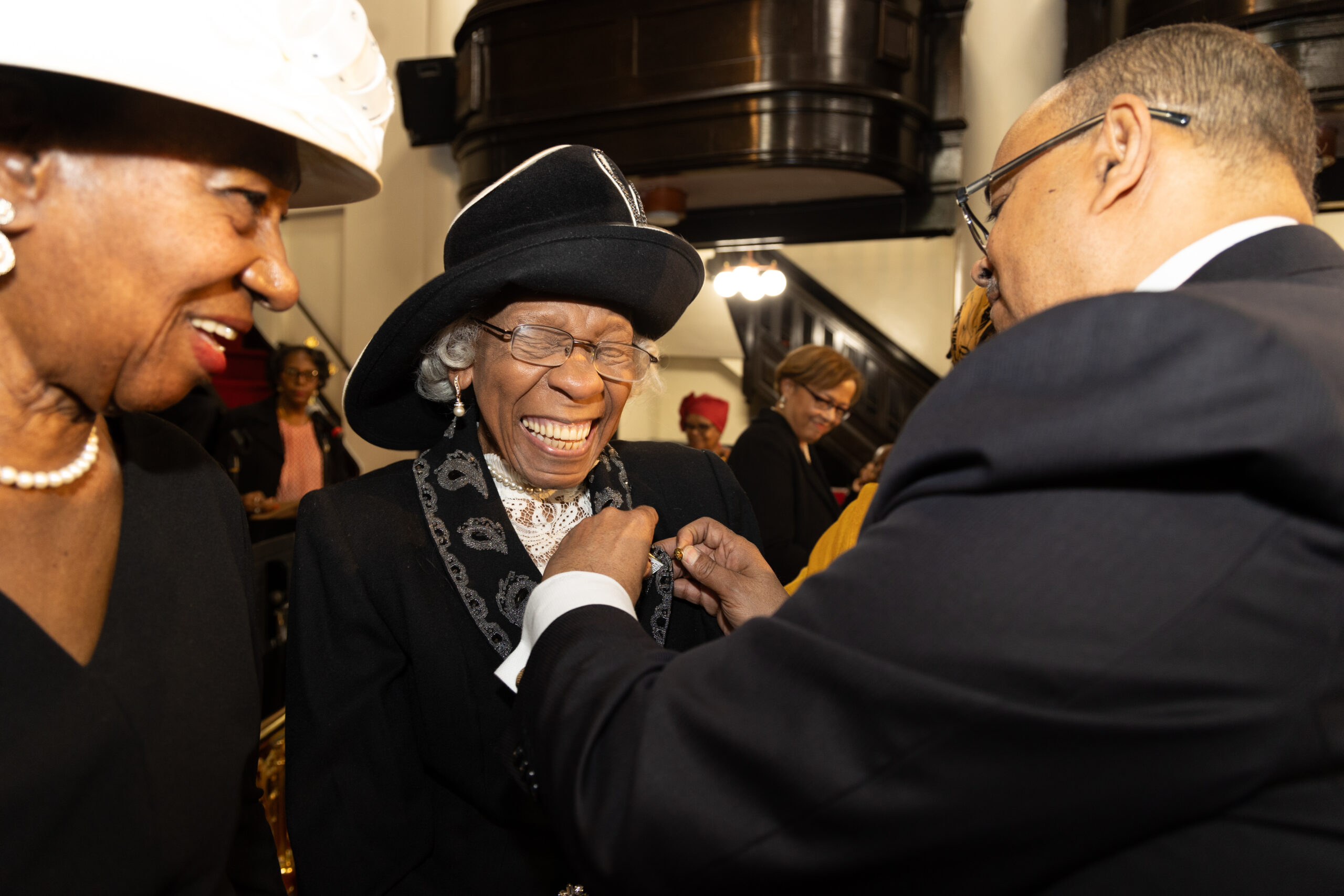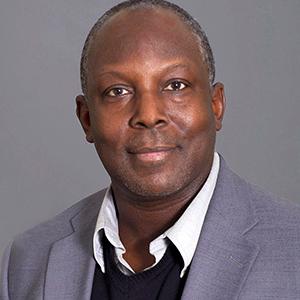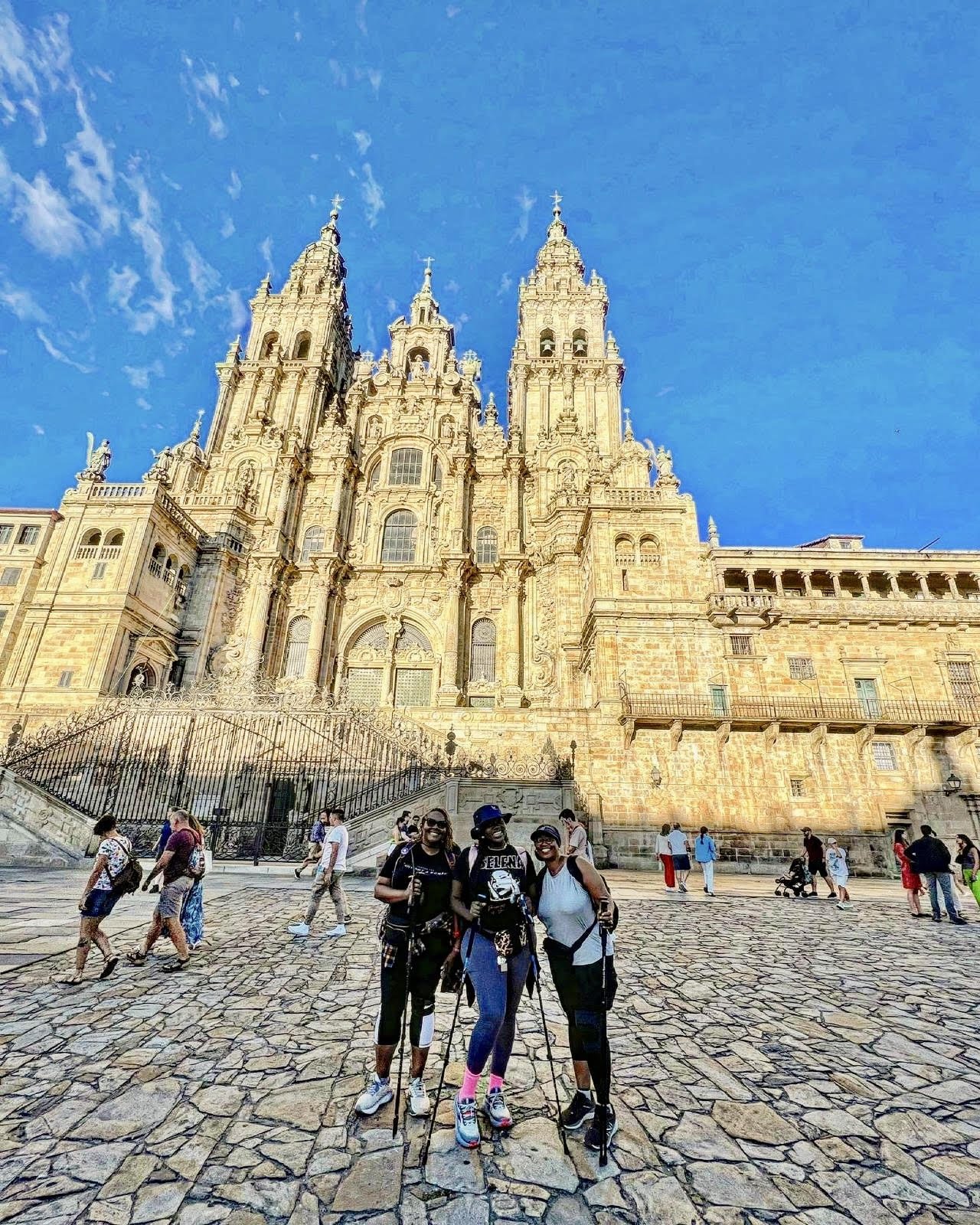Rescuing the Value of the “Connectional” Church
By John Thomas III, Editor of the Christian Recorder
As this editorial is being written, hundreds of members of the AME Church have converged on Cape Town, South Africa, for what some have labeled a “mini-General Conference.” The Ubuntu Christian Education Department Summit, the Women in Ministry Global Summit, the Lay Organization Africa Development Initiative, and other various gatherings, history was made as the key Connectional ministries of the AME Church jointly held substantive meetings outside of the United States. At the core of the meetings was the biennial session of the Global Development Council, the body charged by the current Discipline to “develop a structure to address the needs, aspirations, beliefs and cultures of the global context” (Page 299).
Over the last few years, the word “global” has increasingly entered the AME Church’s lexicon beyond the GDC. Several AME Church auxiliary leaders have appended the word “global” or “international” to their titles, ostensibly to reflect the multi-national nature of their work. Some people argue that it’s to help people better understand the expanse of the AME Church since the term “Connectional” isn’t understood by people outside—and sometimes within—the AME Church. While it is important to recognize the diversity of the AME Church across the globe, being “Connectional” is a key part of our identity and the term carries its own weight.
In the early days of the Methodist Movement in Great Britain, a “connexion” was a small prayer group attached to an itinerant preacher within the Anglican Church. As Methodism grew, these connections would eventually form their own denomination. When Methodism came to the United States, the term took on a new meaning after the Christmas Conference of 1784 with the first ordination of traveling (itinerant) preachers. It underscored how the various congregations interacted with each other and the role of itinerants in holding together the Methodist churches. This contrasted with Baptists and Presbyterians who followed a “congregationalist” system in which local churches were largely autonomous. It also contrasted with a strict Episcopal policy used by the Catholic and Episcopal Churches due to them having lay representation in practically all aspects of decision-making.
Today, The United Methodist Church in its official glossary defines connectionalism as “the principle that all leaders and congregations are connected in a network of loyalties and commitments that support, yet supersede, local concerns.” While this is a common theoretical concept of Methodist polity, it is practiced in various ways among members of the Methodist family. For example, while the UMC and CME Churches have formal processes for admitting clergy into “full connection,” this procedure has long since disappeared from the AME Book of Discipline. Additionally, a key aspect of the concept of connectionalism is the “in trust” clause found in most Methodist denominations where all local church properties are held “in trust” for the Connectional Church.
A “connectional” church and a “global” church are not mutually exclusive. “Connectional” refers to a unique theological and practical understanding of the role of the local church congregation and its members in the larger denomination. “Global” refers to the geographic extension of the denomination. When we speak of “the Connection,” we embrace all parts equally and highlight the view that the AME Church is interrelated from Episcopal Districts 1-20.
The recent meetings in Cape Town allow us to reflect on the status of the “Connectional” Church. While they are a huge stride, when will a true “Connectional” meeting of a major auxiliary be held outside of the United States? Official AME Church materials in different languages are beginning to be systematically produced by AME Church Departments. Yet, travel and lodging for persons from outside the United States to the General Conference and other meetings have been cut. This means that persons in the developing countries of Districts 14-20 must find additional resources to participate. While most Connectional organizations have at least one member of the Executive Board from Districts 14-20, no person from outside the United States has been elected by the General Conference to serve in any capacity since 2004.
We are a “Connectional” church located in over 40 countries. Using the label “Connectional” carries with it a responsibility and belief that all areas are entitled to the same treatment, status, and opportunities. While strides are being made, achieving this ideal is still quite far off.

